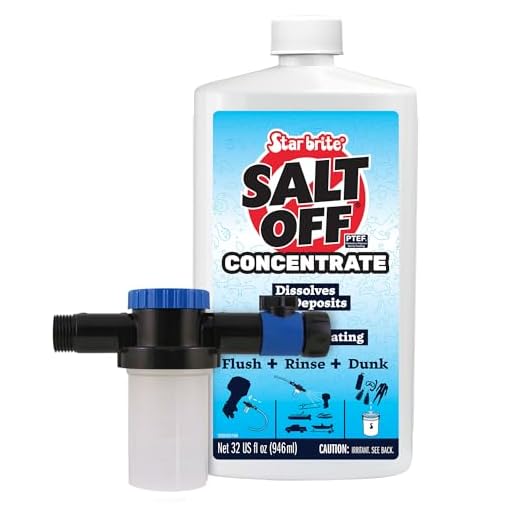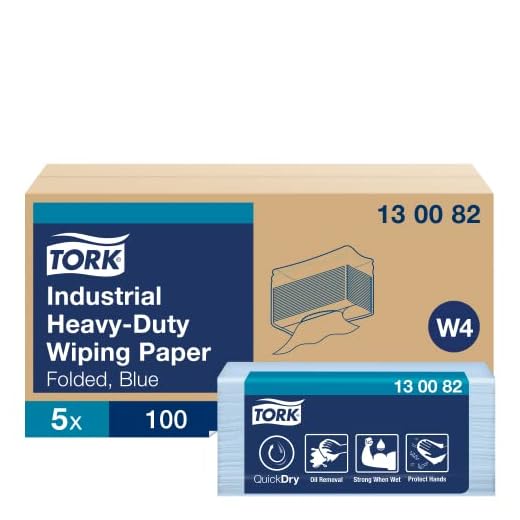
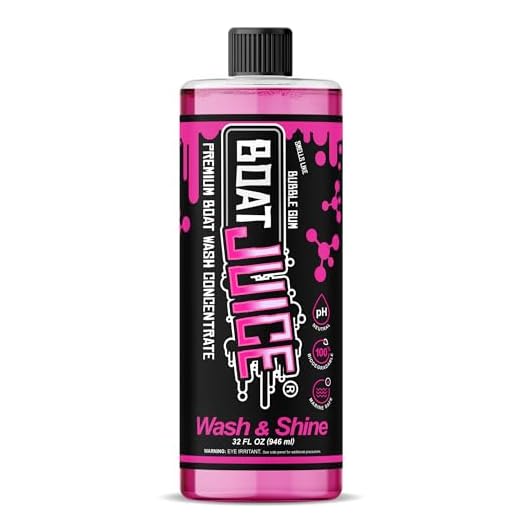
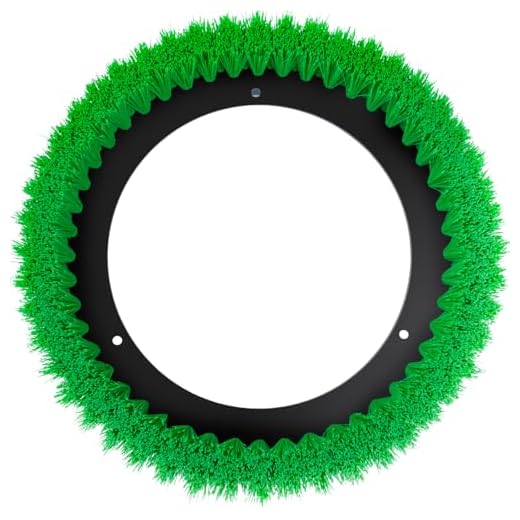
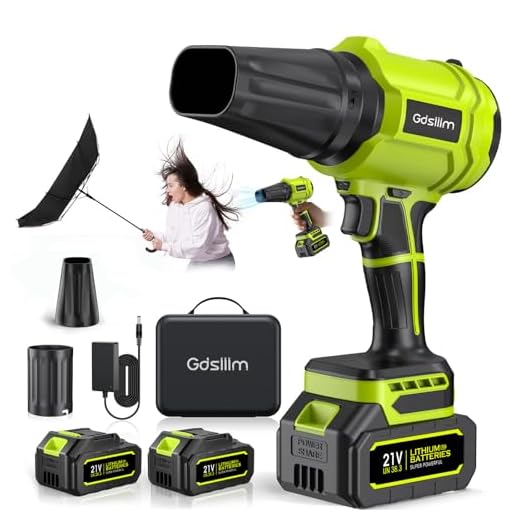
Using a manual brush and a bucket of warm, soapy water works wonders. Choose a biodegradable soap for safety and sustainability. Scrub the surface methodically with a stiff bristle brush to tackle stubborn stains and dirt deposits.
Once the washing is complete, rinse thoroughly with a garden hose. This helps eliminate soap residue while ensuring that remaining grime is washed away. For enhanced results, consider adding vinegar or baking soda to the soapy mix; both act as natural disinfectants and stain removers.
If you’re dealing with mildew or mould, creating a paste of baking soda and water can be effective. Apply the paste to affected areas, allow it to sit for 15–20 minutes, and then scrub with a brush. Rinse well to reveal a refreshed surface.
For natural shine and protection, applying a wood preservative or plant-based oil can make all the difference. Choose a product suitable for the material you have, and follow the manufacturer’s instructions for application to prolong the life and beauty of your installation.
Efficient Methods for Deck Maintenance
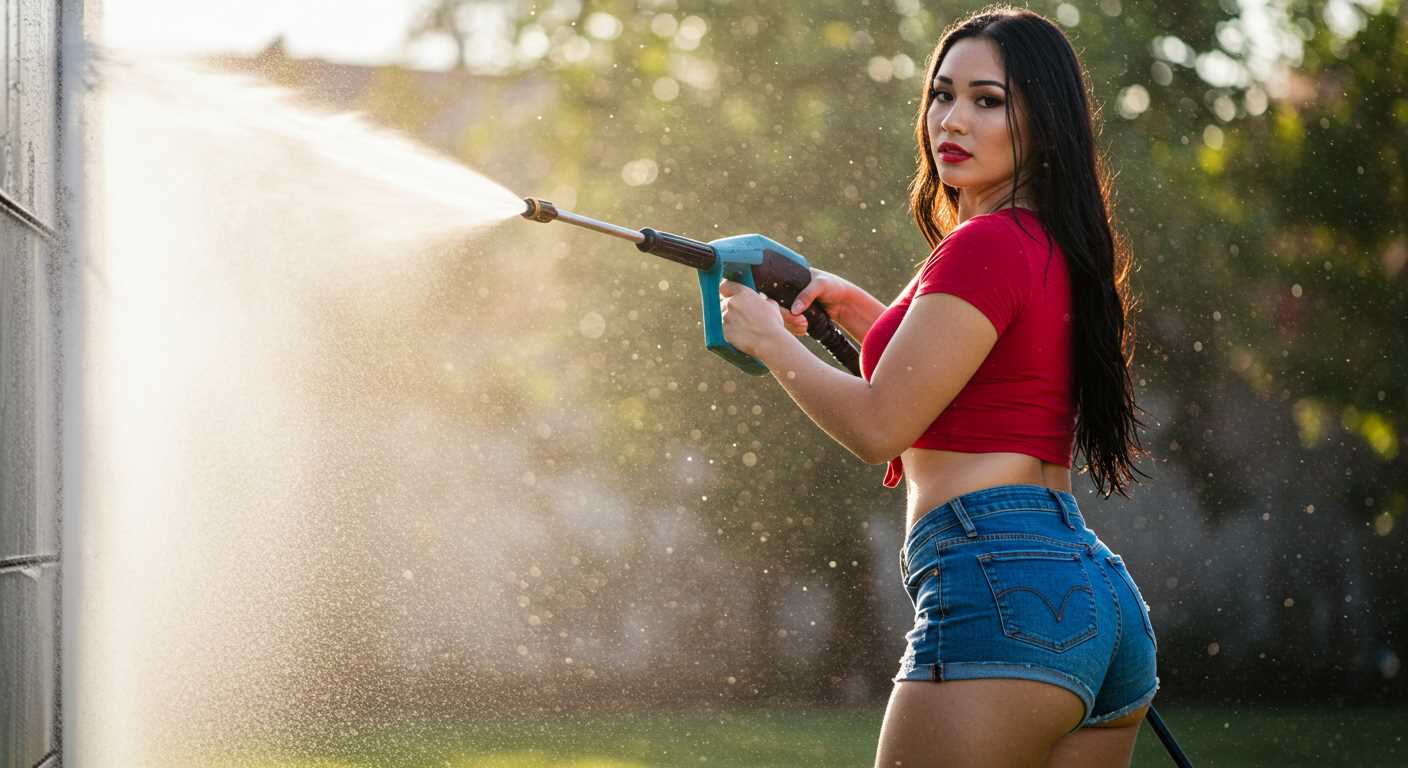
Begin with sweeping the surface thoroughly using a broom to remove dirt and debris. This simple action prevents grime accumulation during further processes.
Prepare a solution of warm water mixed with a few drops of dish soap in a bucket. Utilise a stiff-bristled brush or a mop to apply the soapy mixture over the entire area. The agitation helps lift stubborn stains effectively.
For layered dirt or mildew, a mixture of one part white vinegar to two parts water can significantly enhance results. Apply this solution generously, allowing it to penetrate for several minutes before scrubbing.
- Combine 1 cup of baking soda with 1 gallon of water for an eco-friendly alternative that cuts through grime.
- Consider using oxygen bleach powder mixed with water for deeper cleaning. It’s safe for wooden surfaces and eliminates organic stains.
For tougher stains, sprinkle some baking soda directly onto the spot and spritz with vinegar, allowing it to bubble and lift the stain before scrubbing away.
After working through the surface, rinse thoroughly with clean water to remove any residue from cleaning agents. A garden hose with a spray nozzle can suffice for this task.
Finish with a thorough inspection; repeating any necessary areas ensures a uniform appearance. For regular upkeep, consider a monthly maintenance routine to prevent heavy build-up.
Choosing the Right Cleaning Solution for Your Deck
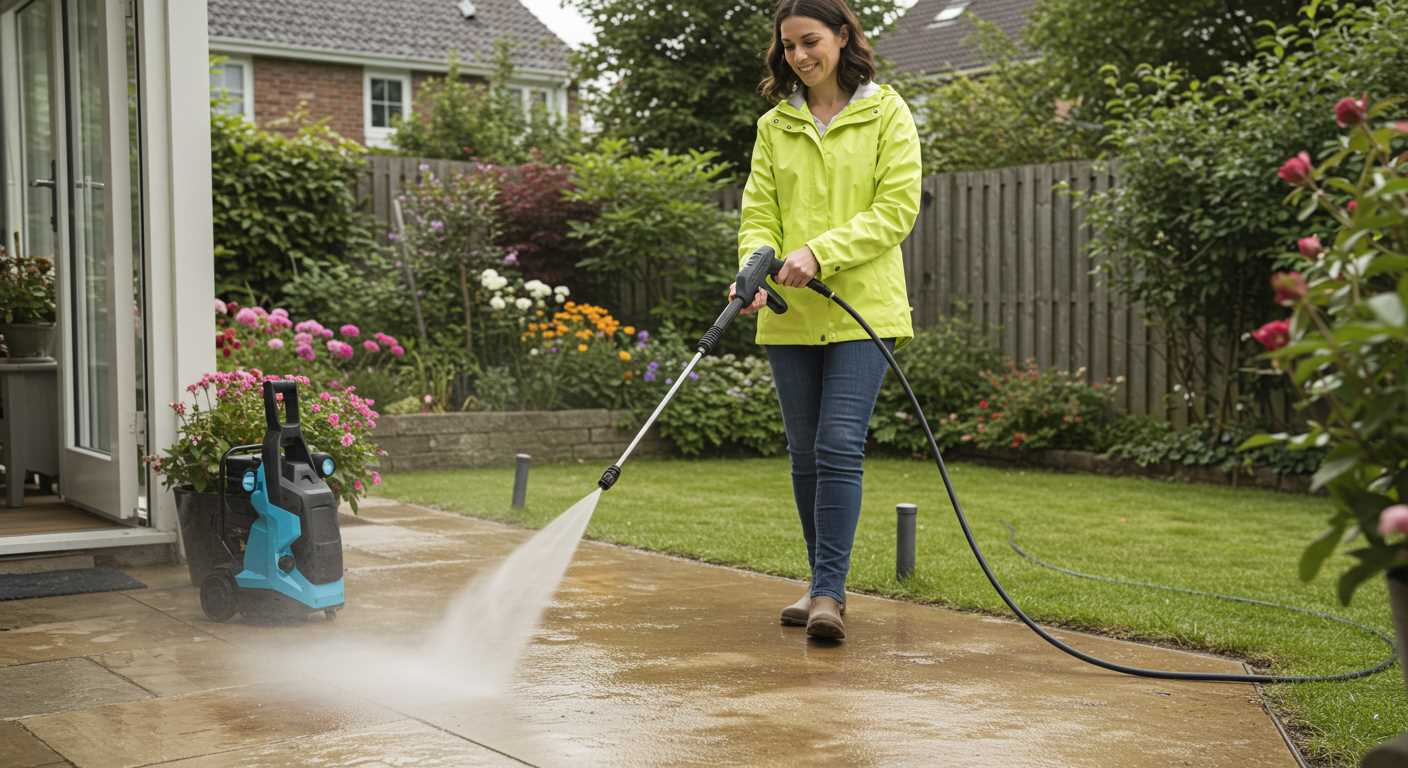
The ideal formula starts with identifying the material of your surface. For wood structures, a mild detergent mixed with warm water usually works well. I recommend using a biodegradable soap to minimise environmental impact and protect plants nearby.
Specialised Cleaners for Wood
If your boards have developed mould or mildew, consider a dedicated wood cleaner. These products typically contain sodium percarbonate, an oxygen bleach that lifts stains without damaging the wood. Apply according to the manufacturer’s instructions, ensuring thorough coverage, especially in discoloured areas.
Composite Surfaces
For composite materials, opt for a solution specifically labelled for such surfaces. Many brands offer cleaners that effectively remove grime and stains without causing discolouration. Additionally, ensure the solution is safe for any additives like UV protectants, which are often present in composite boards.
After selecting a solution, always test it on a small, inconspicuous area before full application. This step guarantees compatibility and allows you to observe any adverse reactions. Following these recommendations will yield a refreshed appearance while preserving the integrity of your surfaces.
Preparing Your Outdoor Surface for Cleaning
Begin by clearing the area of any furniture, plants, and accessories. This prevents damage and ensures no obstacles impede the process. Sweep away leaves, dirt, and debris using a stiff-bristled broom. Take special care to remove any accumulated grime in corners and along edges.
Next, inspect the surface for any loose boards, nails or screws. Tighten or replace these to prevent injury while you work and to maintain structural integrity. If applicable, ensure that any railings or posts are stable, as these can be areas where dirt and algae thrive.
Check for mould or mildew; if present, a spot treatment may be necessary before your main scrubbing effort. This could be as simple as using a diluted solution of vinegar and water in a spray bottle. Allow it to sit for a few minutes before tackling the cleaning process.
Lastly, gather the necessary tools such as buckets, brushes, and rags. Having these handy will make the entire operation smoother. Opt for a sturdy scrub brush for effective scrubbing, and a mop or cloth for any finer details. Taking these preparatory steps ensures a more effective and efficient cleaning session.
Removing debris and loose dirt from the surface
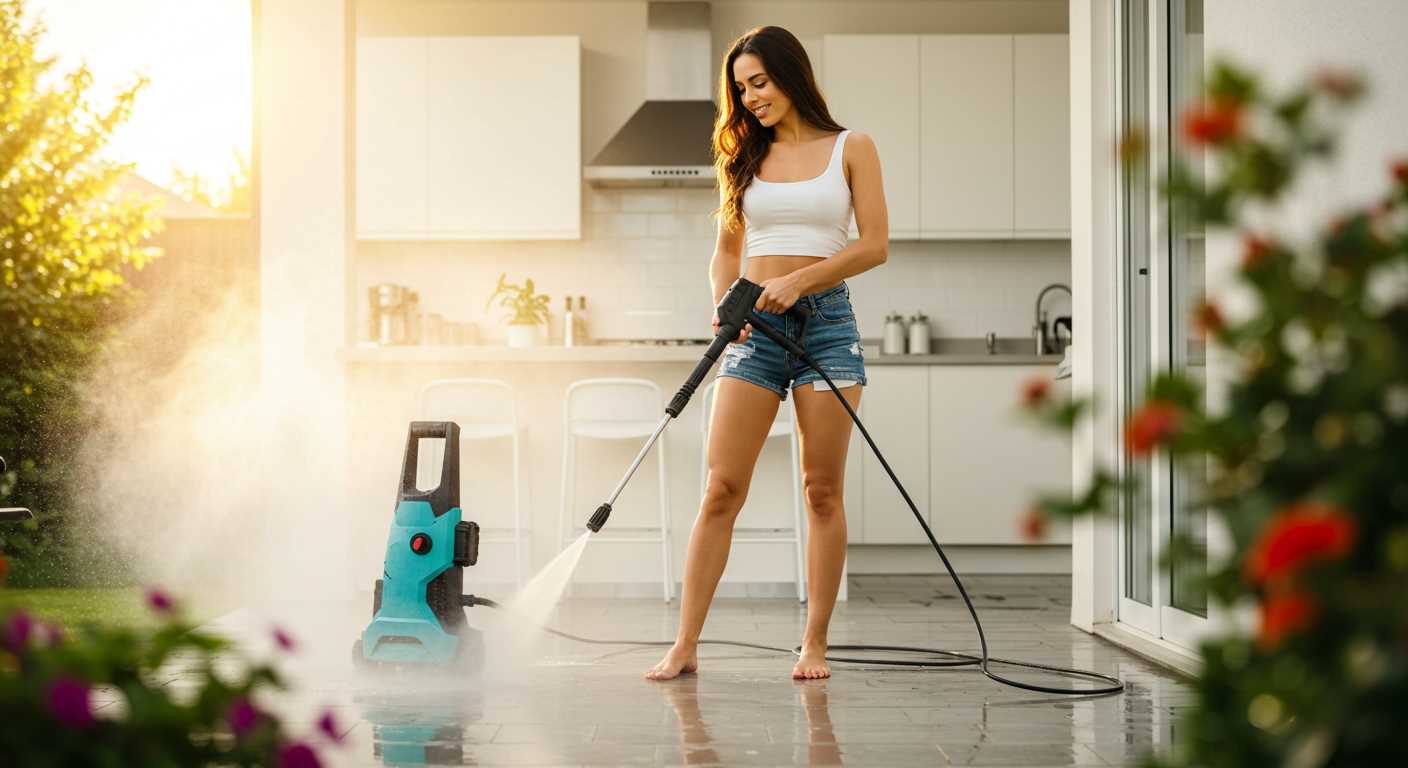
Begin with a stiff-bristled broom or a push broom to vigorously sweep away all loose dirt, leaves, and other debris. Pay attention to corners and crevices where dirt tends to accumulate. For stubborn spots, a handheld brush can provide the necessary leverage.
After sweeping, consider using a leaf blower to clear any remaining particles. This tool can efficiently lift stubborn debris, especially in tight areas, without damaging the surface underneath.
If you encounter mud or caked-on dirt, moisten the area lightly with water from a hose to soften the material. Once softened, use your broom or brush to agitate and lift the muck away.
For deep-set debris or organic material, like moss or lichen, a putty knife or scraper can be beneficial. Gently scrape the surface, being careful not to gouge or scratch the material.
Finally, ensure to remove any small stones or gravel that may have become lodged between boards. Regularly checking for and removing debris prevents buildup and maintains the integrity of your outdoor space.
Using a Scrub Brush for Stubborn Stains
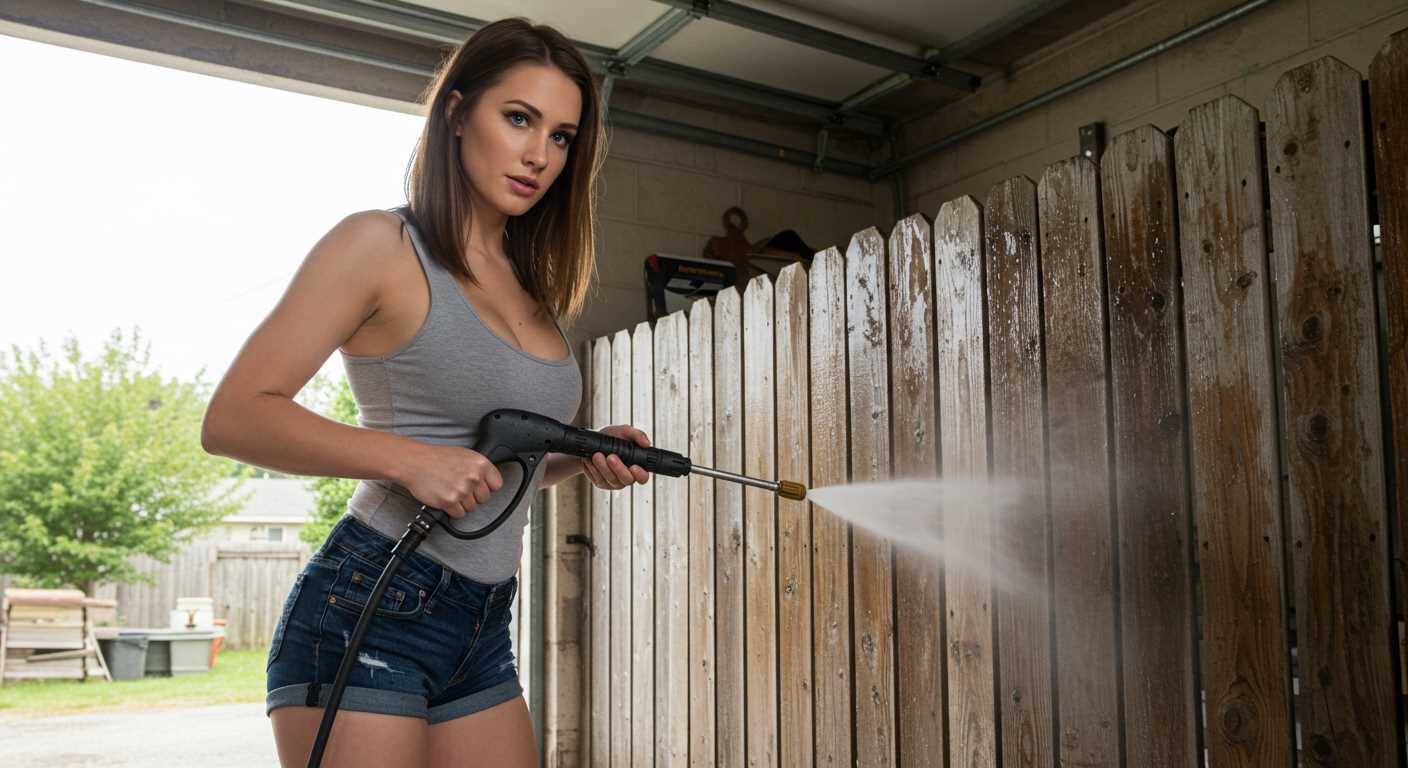
To tackle those persistent blemishes, grab a robust scrub brush with stiff bristles. This tool offers the necessary leverage and strength to dislodge ingrained dirt and grime. Choose a brush designed for outdoor use; this ensures durability against the elements. Apply firm, even pressure while scrubbing, and work in sections to maintain focus.
Before starting, apply your chosen cleaning solution to the stained area, allowing it to penetrate for a few minutes. This pre-treatment softens the stains, making removal easier. After the dwell time, return with your scrub brush, using circular motions to lift the residue. For tougher marks, consider using a little baking soda as an abrasive to enhance scrubbing power.
It’s beneficial to frequently rinse the scrubbing area with fresh water to prevent residue build-up. After finishing, thoroughly rinse the entire surface to remove any remaining cleaning solution or debris. Regular maintenance using this technique can prevent stains from becoming extensive and difficult to manage.
Applying Homemade Cleaners for Natural Wood
Utilising natural cleaners offers an effective means to restore the appearance of wooden surfaces, leveraging simple household items. One effective combination I often recommend includes distilled white vinegar, baking soda, and water. This mix not only breaks down grime but also acts as a mild disinfectant.
Recipe for Effective Cleaner
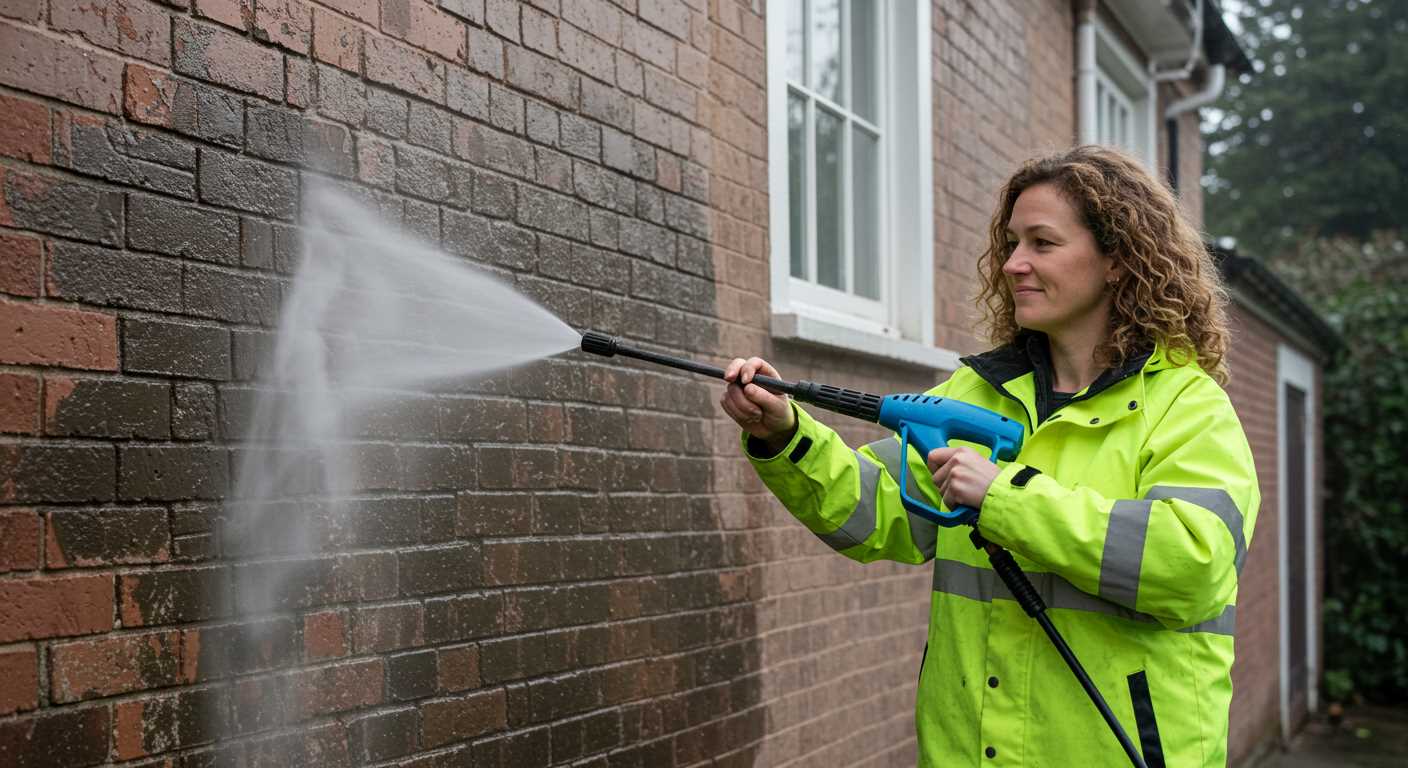
| Ingredient | Quantity |
|---|---|
| Distilled white vinegar | 1 cup |
| Baking soda | 1/2 cup |
| Water | 1 gallon |
Mix the vinegar and baking soda in a bucket until the fizzing subsides, then dilute with water. This solution can be applied using a mop or sponge, ensuring even coverage across the surface. Allow it to sit for 10-15 minutes to penetrate the dirt.
Application Tips
For best results, use a stiff-bristled brush to scrub stubborn spots after the solution has set. Rinse thoroughly with clean water to remove any cleaner residue. This method not only cleans but also preserves the natural beauty of the wood. Frequent maintenance with this homemade mixture keeps your surface looking fresh and inviting.
Rinsing Your Outdoor Surface Properly After Maintenance
Completing the scrubbing task leaves behind the vital step of thorough rinsing. Follow these steps to ensure you’re left with a pristine surface.
Gather Your Materials
- Garden hose with an adjustable nozzle
- Bucket for gathering water if needed
- Soft bristle brush (optional for hard-to-reach areas)
Effective Rinsing Techniques
Begin by connecting your hose to a water source. Adjust the nozzle to a gentle spray setting. A wide spray helps in reaching larger areas without scattering debris or water too forcefully.
Start at one corner and work your way across the surface. This method avoids missing spots and ensures consistent rinsing. Hold the nozzle about 2 feet away from the surface for optimal coverage.
If any residue remains, use a soft bristle brush to gently agitate those areas while rinsing. This will dislodge any stubborn particles without risking damage.
Check for Remaining Cleaners

After the initial rinse, inspect the surface. If you notice any streaks or leftover cleaning solution, repeat the rinsing in those specific areas. Ensure that no suds are present before you move on.
Final Touches
After all cleaning agents have been eliminated, allow the surface to dry naturally. This process will help in preventing any water spots or streakiness.
Be mindful of the weather conditions while rinsing. If it’s sunny, drying may occur quickly, which could lead you to spot any missed areas once it dries. Make adjustments in your rinsing technique accordingly.
Maintaining your deck’s cleanliness over time
Regular sweeping, ideally once a week, prevents dirt buildup. Incorporate a thorough inspection for algae or mould every month, especially in shaded areas. For accumulated grime, a solution of vinegar and water effectively lifts stains; I recommend a 1:1 ratio. Apply this homemade mixture with a mop and let it sit for about 15 minutes before scrubbing with a stiff-bristled brush, targeting problem spots carefully.
Annual resealing of wooden surfaces is advisable, typically in spring or early autumn, ensuring the protective layer against moisture and UV damage remains intact. Inspect the sealant regularly for wear; if water does not bead on the surface during rain, reapplication is necessary.
For a polished look, consider a monthly inspection for and removal of debris that may trap moisture, such as fallen leaves or pine needles. Keeping the area clear allows for better airflow and reduces the likelihood of mildew.
Incorporating a light rinse after heavy rains helps wash away dirt before it settles. Utilize a broom or soft brush alongside a garden hose for controlled water flow, avoiding excessive force that could damage the surface. Adjusting your approach based on seasonal changes ensures the longevity of your structure.
FAQ:
What are some safe methods to clean my deck without using a pressure washer?
There are several effective methods to clean your deck without a pressure washer. One approach is to use a mixture of warm water and mild soap. Apply the solution using a stiff-bristle brush and scrub the surface to remove dirt and grime. For tougher stains, a solution of water and white vinegar can work well, as the acidity helps to break down stains. Another option is to use a bucket of water with a deck cleaning solution specifically designed for non-pressure cleaning. Always remember to rinse the deck thoroughly after cleaning to prevent residue from leaving a slippery surface.
Can I use household items to clean my deck, and are they effective?
Yes, you can use various household items for deck cleaning. Baking soda is a versatile option; mix it with water to form a paste that can tackle stubborn stains. Another common item is dish soap, which can be diluted in water for general cleaning. White vinegar is useful for battling mildew and can be applied directly or mixed with water. Although these items may not be as powerful as commercial cleaners, they are safer alternatives that can yield good results when used correctly. Just be sure to scrub thoroughly and rinse afterward to ensure a clean surface.
How can I prevent my deck from becoming dirty again after cleaning?
To keep your deck clean longer after maintenance, regular upkeep is essential. Sweep the deck frequently to remove leaves and debris, which can trap moisture and promote mould growth. Applying a sealant after cleaning can also help protect the wood from moisture and UV damage, reducing future dirt accumulation. Additionally, positioning furniture and planters to allow for proper airflow can help decrease moisture retention. Lastly, consider placing mats or runners in high-traffic areas to minimise wear and tear.


